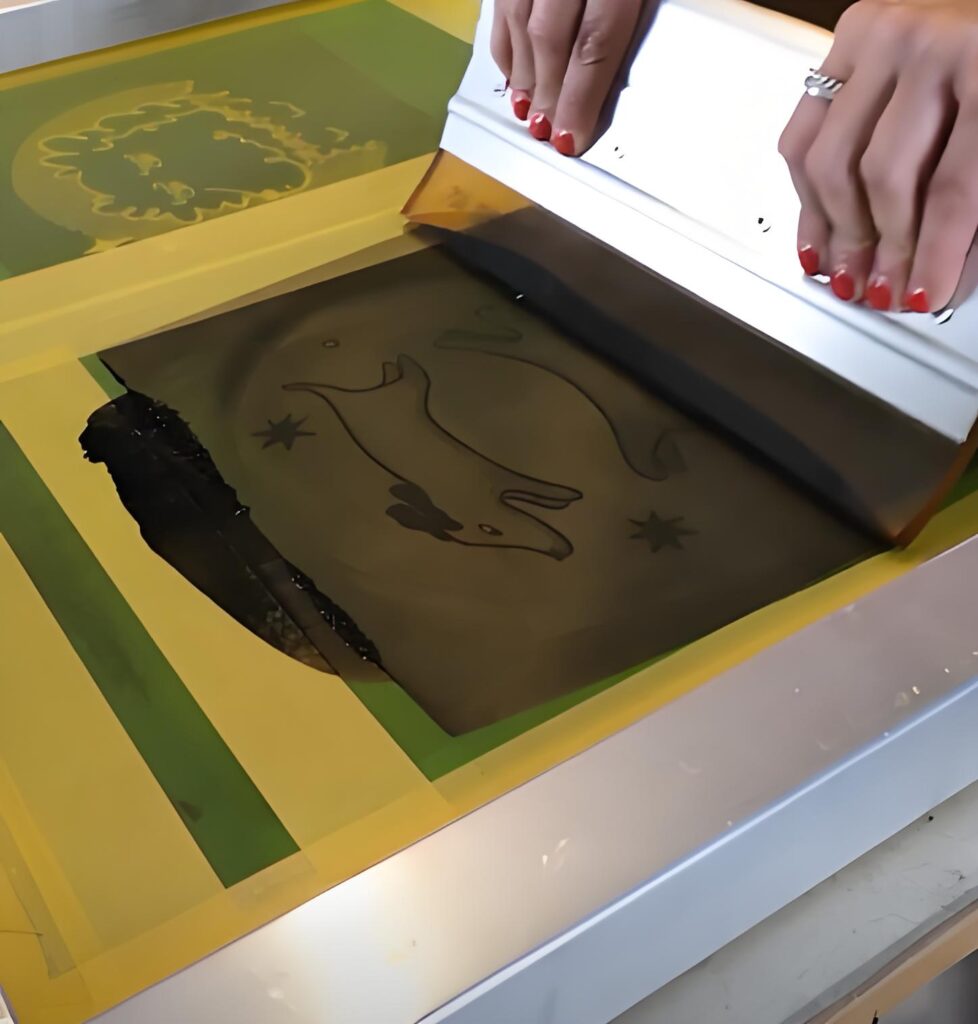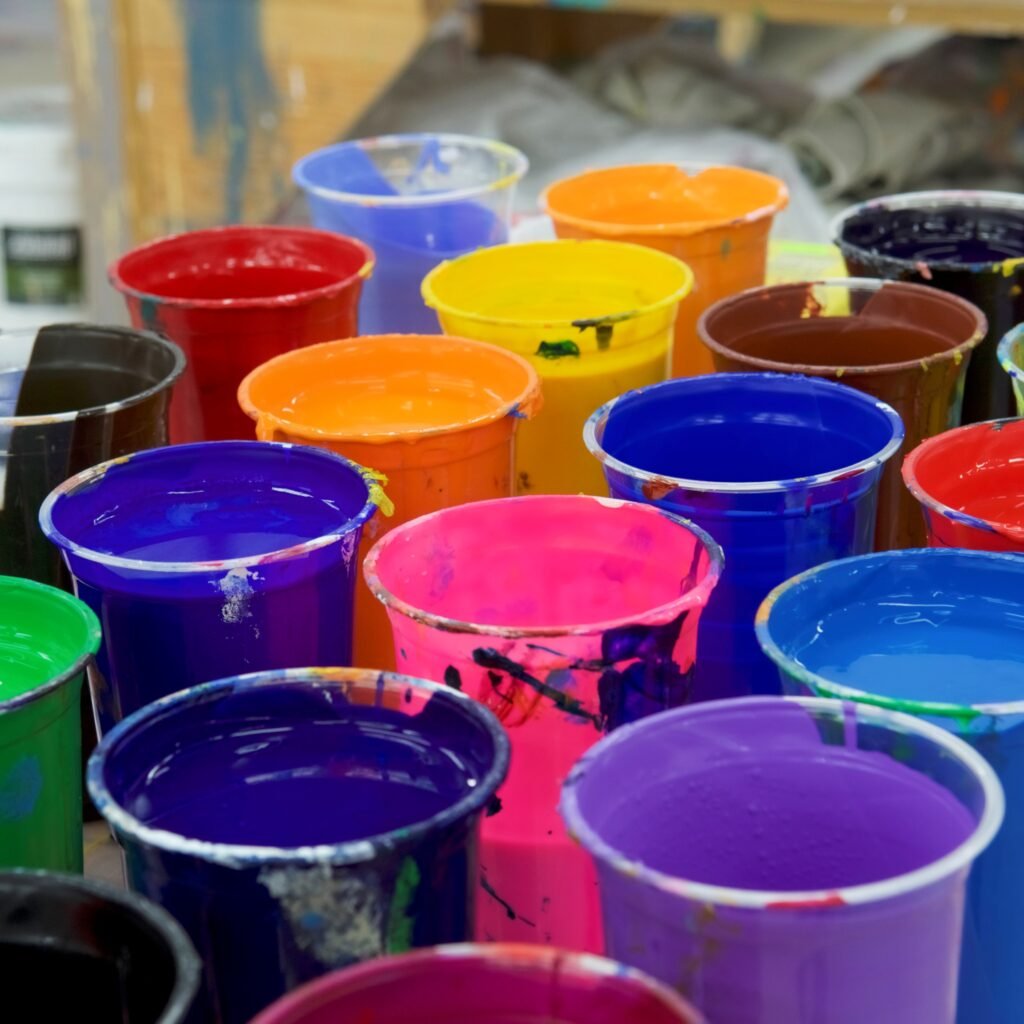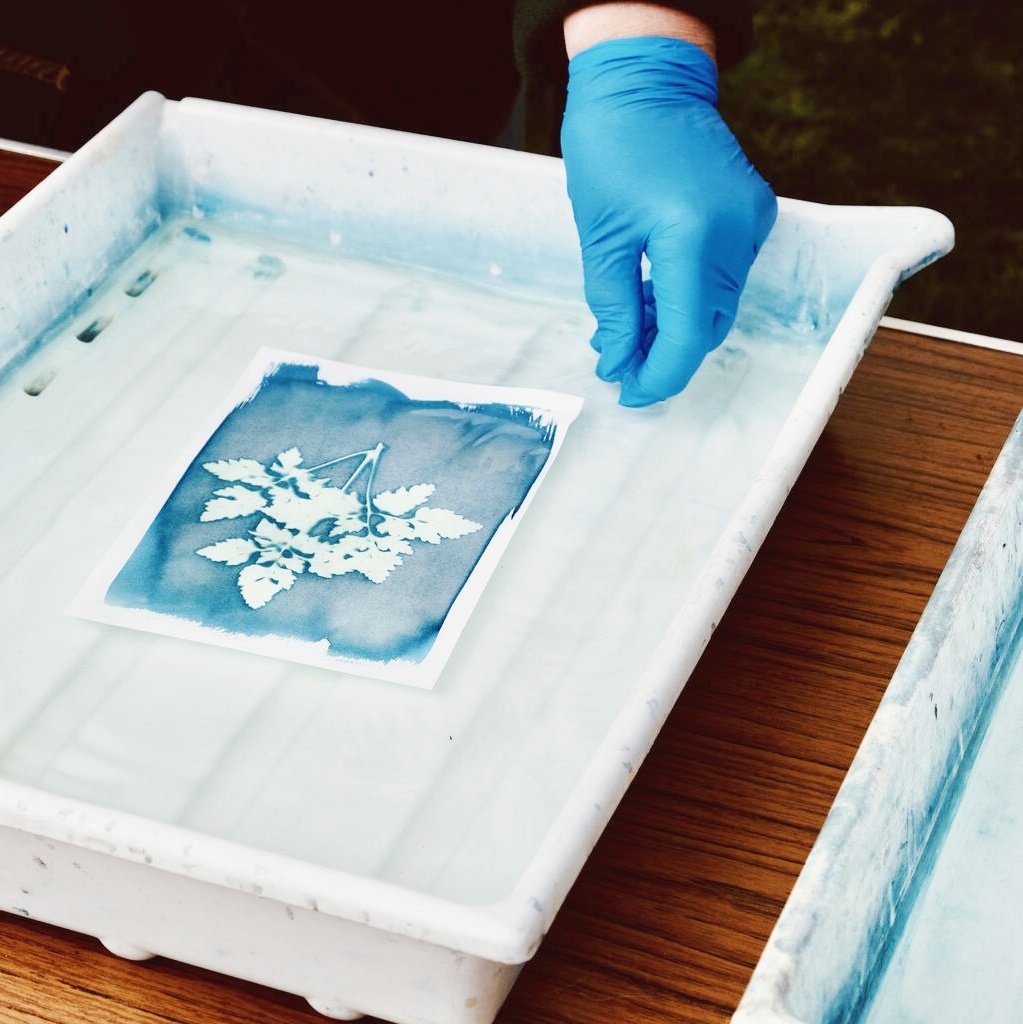Summary: Key Takeaways for Every Screen Printer
- Plastisol ink remains the industry general for display screen print because of its ease of use, versatility, and regular, flat results.
- Black plastisol ink is the cross-to for ambitious, high-opacity prints on quite a number colours and clothes, from cotton t-shirts to sweatshirts.
- Proper curing at the endorsed temperature and reside time in a dryer is crucial for wash-fast, long lasting prints.
- Both manual and automated presses supply first rate effects—choose based on the dimensions and pace of your production.
- Brands like International Coatings are trusted for his or her high overall performance plastisol display printing ink—clean to apply and dependable across a number programs.
- Always take a look at for opacity, bleed resistance, and proper treatment to make certain professional outcomes on every occasion.
- Routine system care and excellent practices in mixing and alertness cause the first-class searching, longest-lasting screen printing ink results.
- Ready to degree up your garment printing with black plastisol? Apply the guidelines from this guide, and your prints will come out bold, solid, and geared up to make a announcement!
This article became crafted with guidance on readability, range, and reader engagement, in addition to verified display printing best practices and product understanding for both beginners and skilled
The Ultimate Guide to Black Plastisol Ink for Screen Print Garments
If you’re a screen print professional, artist, or just looking to learn more about how to get that solid, bold, and flat black plastisol print on garments, you’re in the right place. This article dives deep into the world of plastisol ink—especially black plastisol ink—and shows why it remains the go-to choice for screen printers worldwide. You’ll learn about its properties, how best to use it, curing tips, why International Coatings is a trusted name, and what makes black such a popular color for t-shirts, sweatshirts, and more. Read on to discover everything you need to create stunning, high-performance garments with plastisol inks—whether you’re running a fast-paced automatic press or pulling a manual squeegee in your shop. This guide is worth your time because it cuts through jargon, delivers pro-tested advice, and unpacks techniques you can use right away to produce flat, high-opacity results that last wash after wash.
প্রবন্ধের রূপরেখা
- What Is Plastisol and Why Is It the Best Choice for Screen Print?
- Why Is Black Plastisol Ink So Popular Among Screen Printers?
- Understanding the Basics of Plastisol Ink: What Makes It Unique?
- How Does Black Plastisol Ink Compare to Other Ink Types?
- Curing Black Plastisol Ink: What You Need to Know
- Tips for Getting a Flat, Solid Black Print on Garments
- Manual vs Automatic Press: Which Is Better for Black Plastisol Ink?
- The Role of International Coatings in High Performance Plastisol Screen Printing
- Best Practices for Mixing, Printing, and Testing Black Plastisol Inks
- Common Issues: Bleed, Opacity, and How to Avoid Them
1. What Is Plastisol and Why Is It the Best Choice for Screen Print?
Plastisol is a form of screen printing ink made from PVC debris suspended in a plasticizing emulsion. It is the top preference for textile display screen printing because it’s easy to print, offers colourful color, and produces long lasting, formidable prints on a wide sort of fabrics. Unlike water-primarily based ink, plastisol does no longer dry out quickly on the screen, making it ideal for each beginners and experts who need steady satisfactory and much less wasted product.
Screen printers love plastisol because it doesn’t require blending with water or solvents; you simply open the box, stir, and start printing. Whether you’re running a complex activity or churning out simple one-colour t-shirts, plastisol guarantees excessive opacity and a strong deposit, particularly with colorings like black and white that require robust coverage.
Moreover, plastisol stands up to endless washes and retains its formidable appearance, making it best for performance-put on, athletic gear, and regular clothes. Its creamy consistency and forgiving treatment window make it clean to use for screen printers in any respect degrees.
2.Why Is কালো প্লাস্টিসল কালি So Popular Among Screen Printers?
Black plastisol ink is arguably the most used colour in the display print international. It grants a deep, flat, and solid appearance that pops towards each mild and dark clothes, especially whilst printing on cotton or blends. But what makes it so popular? For starters, black is a widespread colour—it is going with the whole thing and works for practically any application, from fashion tees to athletic sweatshirts.
Another purpose is versatility. Need to do an underbase? Black plastisol ink can be used on my own or blended with different colours for diffused outcomes or dramatic contrasts. Its excessive opacity is specifically valuable for direct prints on darkish fabric, wherein lesser inks might fail to provide enough insurance. Screen printers agree with black plastisol because it performs always, whether or not in quick guide runs or high-velocity computerized manufacturing.
Furthermore, black plastisol inks from pinnacle brands like International Coatings are formulated to be low bleed, noticeably pigmented, and easy to treatment, making them necessary in any save’s ink arsenal.
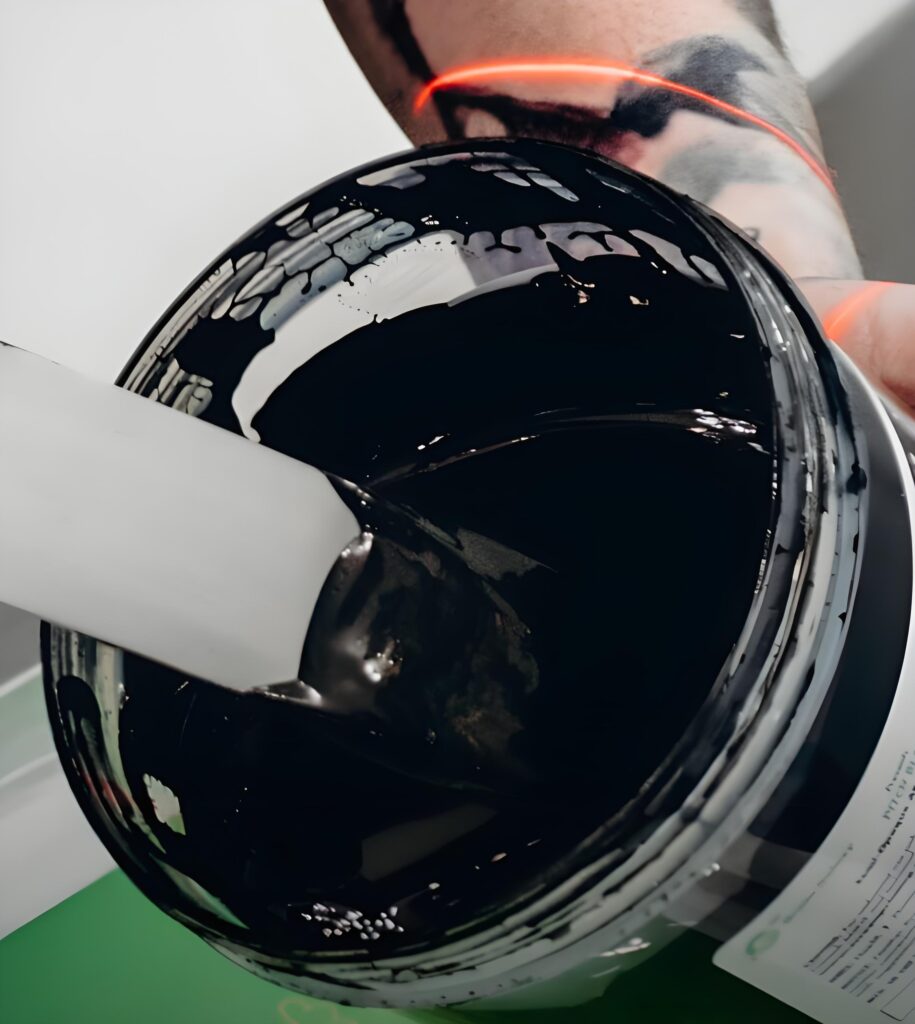
3. Understanding the Basics of Plastisol Ink: What Makes It Unique?
At its center, plastisol ink is a thermoplastic display printing ink, this means that it doesn’t dry until uncovered to warmth. This gives display printers notable flexibility throughout manufacturing, because the ink remains open and plausible at the display for extended intervals. Unlike some inks that demand a excessive level of velocity or consistent display cleaning, plastisol lets you set your pace.
What units plastisol other than water-based totally or discharge inks? For one, its ease of use. There’s no rush to maintain it from drying in your monitors—it’s a comfortable, almost worry-loose process for each guide and automated printing. Plus, you could attain thick, creamy prints with a soft, flat hand that so many customers love.
The durability and vibrant color of plastisol inks, particularly black, additionally mean they withstand repeated washing and wear, maintaining your merchandise looking sharp and expert for longer.
4. How Does কালো প্লাস্টিসল কালি Compare to Other Ink Types?
When stacking black plastisol ink against other alternatives like water-based totally, discharge, or hybrid inks, several strengths come to light. Chief among them is opacity: plastisol promises the most stable black, making sure prints look formidable and vibrant on any coloration garment. Water-primarily based inks, in comparison, regularly require a couple of hits or underbases to obtain everywhere close to the identical opacity.
Durability is another key differentiator. Plastisol inks are designed to bond to cloth fibers and resist the trials of washing and sporting, presenting solid color performance through the years. While some area of expertise inks would possibly excel beneath certain conditions, black plastisol ink stays the maximum steady and easy-to-use answer for maximum programs, from direct prints to complicated simulated method jobs.
And don’t forget about approximately bleed resistance—overall performance plastisol display screen printing ink, especially non-phthalate formulation from trusted manufacturers, is formulated to face up to dye migration even on poly/cotton blends.
5. Curing কালো প্লাস্টিসল কালি: What You Need to Know
Curing plastisol ink is where the magic takes place. Unlike air-dry inks, plastisol requires warmness to set—typically round 320°F (about 160°C), although every product may have a slightly exclusive endorsed temperature. Reaching this remedy temperature is crucial; undercured ink will wash out, at the same time as overcured ink can emerge as brittle.
Screen printers frequently use conveyor dryers to achieve right remedy, but a flash dryer or maybe a warmness gun can paintings for small guide runs. Dwell time—the amount of time a print is uncovered to an appropriate temperature—additionally matters. If the print doesn’t therapy lengthy sufficient, sturdiness will go through. Always test prints by stretch-checking out or wash-trying out samples to verify they therapy absolutely.
International Coatings’ series plastisol inks are engineered for reliable, smooth curing, making them one of the excellent alternatives whether you’re strolling t-shirts or thick sweatshirts thru your press.
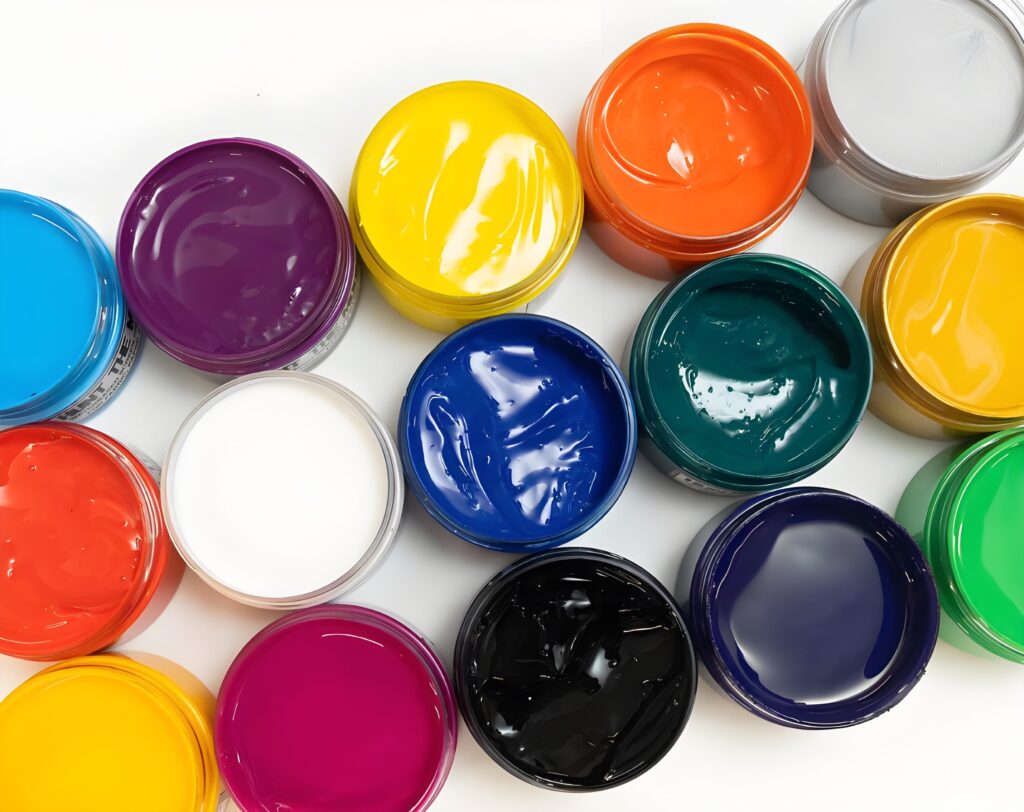
6.Tips for Getting a Flat, Solid Black Print on Garments
For the nice results whilst display printing with black plastisol ink, begin with a tight, well tensioned display screen and use a pointy squeegee to make sure a easy, flat print. The proper mesh matter is essential—normally 110-156 for a strong deposit without sacrificing element.
Maintain a creamy ink consistency via stirring before use, and don’t hesitate to use a tender-hand additive in case you want a smoother experience on light-weight fabric. Apply a organization, constant squeegee stroke for excessive-opacity coverage, in particular while printing direct onto dark cotton or blended garments.
After printing, test the ink deposit underneath precise lighting fixtures. It should appearance bold, opaque, and flat with out pinholes or streaks—hallmarks of a pinnacle-notch black plastisol print on clothes.
7. Manual vs Automatic Press: Which Is Better for Black Plastisol Ink?
Both manual and automated presses can produce stellar outcomes with black plastisol ink, however each has its very own advantages. Manual presses are brilliant for small runs, custom jobs, or when artistic finesse is wanted. They provide you with direct manage over strain and velocity, letting you test with distinctive outcomes or techniques.
Automatic presses, however, are perfect for excessive-speed, high-extent production. They maintain regular squeegee pressure and attitude, delivering uniform prints with much less fatigue for the operator. Black plastisol ink performs well on both sorts of presses, thanks to its forgiving nature and ease of use.
Whether you decide on manual craftsmanship or high-velocity automation, you’ll find that great black plastisol usually delivers flat, professional effects.
8. The Role of International Coatings in High Performance Plastisol Screen Printing
International Coatings has constructed a popularity for consistent, excessive performance plastisol display screen printing inks, especially for black and white applications. Their products are formulated for both manual and automated presses, making them a favourite amongst display printers globally.
Not most effective do their plastisol inks offer high opacity and occasional bleed on a huge range of fabrics together with cotton, blends, and even some synthetics, but they’re also designed for easy therapy and superior wash durability. International Coatings gives specialized collection plastisol inks that allow for innovative results, athletic prints, and direct garment decoration—making sure each print stands proud for both colour and feel.
Plus, with alternatives like five gallon buckets for big manufacturing shops, their product line supports display screen printers at any scale.
9. Best Practices for Mixing, Printing, and Testing Black Plastisol Inks
Proper mixing is step one to achievement with any plastisol display printing ink. Stir the ink thoroughly earlier than every consultation to make sure pigments are flippantly disbursed, particularly for rich blacks. For custom sun shades, combination distinct plastisol hues—however constantly check a small amount before committing to a production run.
When printing, use the right mesh and squeegee, and hold the proper pace to deposit sufficient ink with out overloading the display. Always do a few check prints to check opacity, remedy, and average appearance, tweaking your method as needed.
Finally, conduct regular wash checks on finished prints. A nicely-cured, splendid black plastisol print will stay solid and bold, even after repeated laundering—a mark of professional textile display printing.
10.Common Issues: Bleed, Opacity, and How to Avoid Them
Even with the nice black plastisol ink, sure demanding situations can rise up. Bleed—while the garment dye migrates up into the ink layer—is certainly one of the most important troubles, specially on polyester or blends. The solution? Use low bleed or bleed-resistant inks, preserve your dryer at an appropriate temperature, and keep away from immoderate warmness.
Opacity is every other difficulty, particularly while printing black on darkish or coloured garments. Select a high-opacity method and don’t forget the use of a white underbase for the boldest results. Maintain a steady deposit and avoid over-thinning the ink.
Regular gadget preservation, including screen cleaning and tensioning, enables dispose of maximum printing issues before they start.
